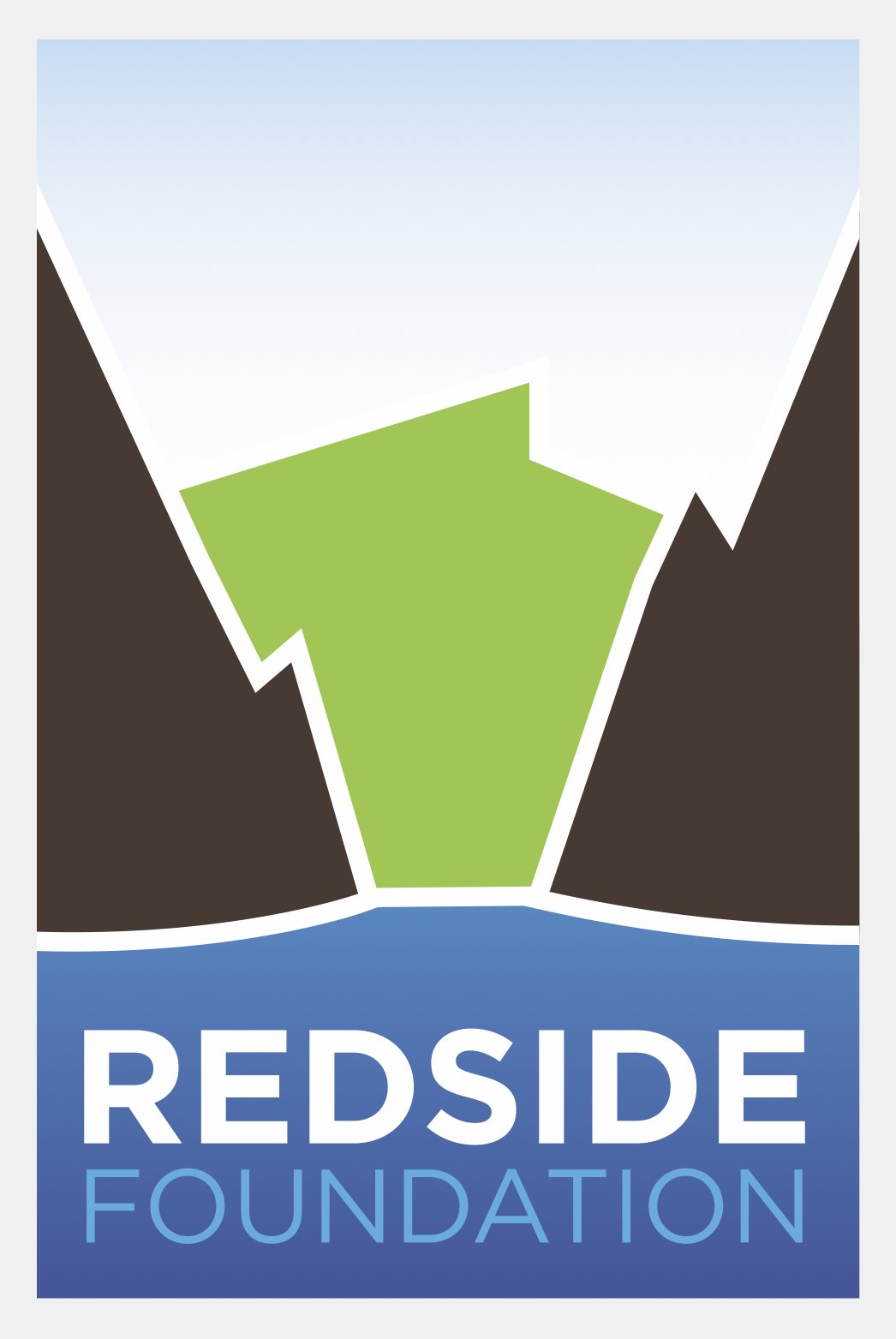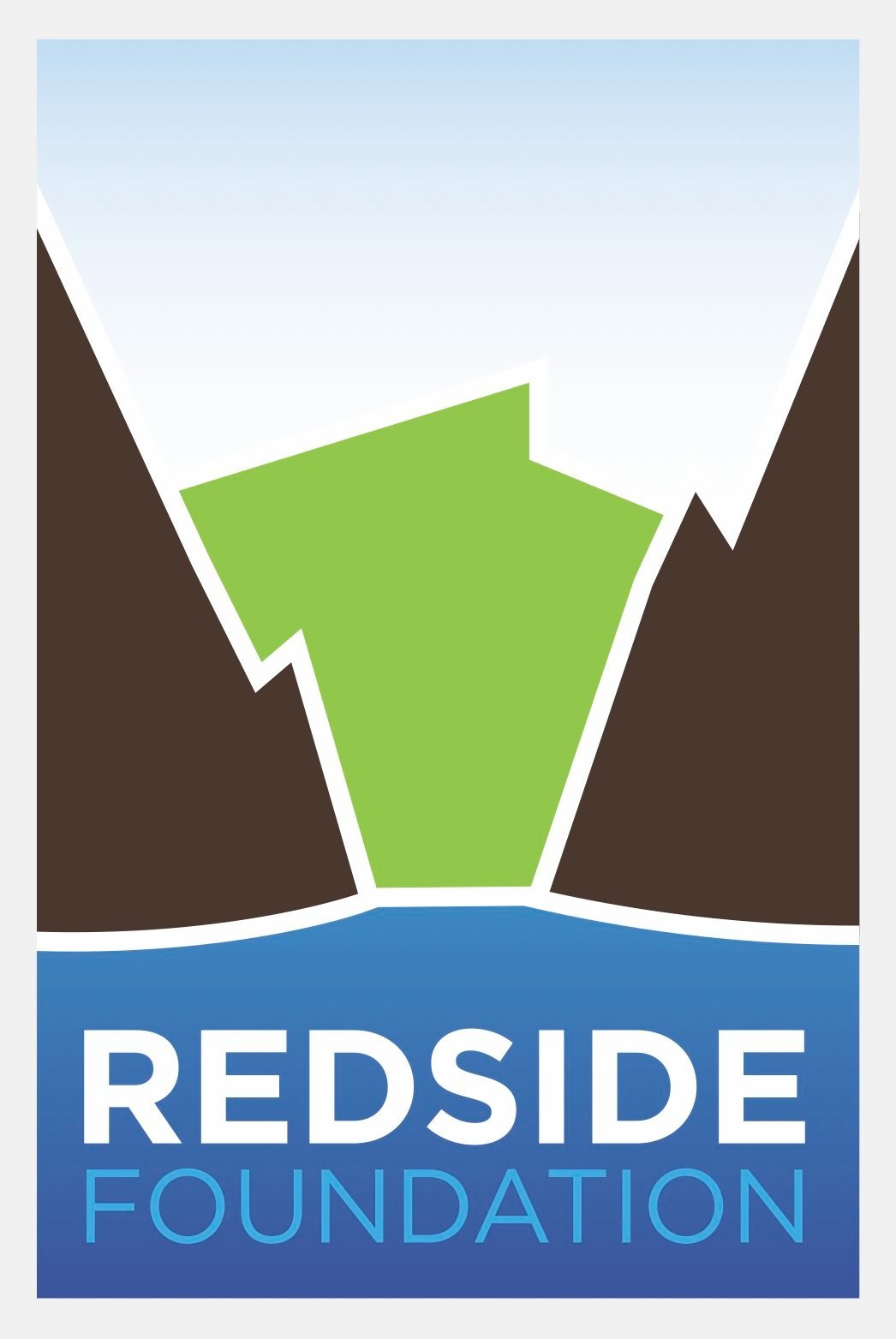GUIDE OF THE MONTH: ALEX KITTRELL, SUN VALLEY HELI SKI
Interviewed by Kelly Conde
Job Title: Helicopter Guide
Kelly Conde: How did you first get into guiding?
Alex KittrelI: I was ski touring for years and my friend Matt Leidecker who I’ve done a lot of ski touring with told me that his brother, who at the time was the Operations Manager at Sun Valley Heli Ski, needed a guide intern. And I was like, “Well that doesn’t sound terrible" so I applied that year and didn’t get it. I applied for two more years and on my third year I got the internship. After that, I had been doing the intern position for a year and a half and doing a good job. I went to Erik and said, "I know I’m a really good intern but eventually I want to be a guide. And because I’m doing my job well, you aren’t making me a guide." Erik nodded and said, "I hear your point." The next day I walked into the guide office and they were like, “You’re a guide now.”
This is my seventh year as a heli guide.
And you also do some tour guiding, correct?
Yes, I do some tour guiding for Sawtooth Mountain Guides.
What’s the different between guiding from a helicopter and guiding from the ground?
The main difference is with a helicopter you are guiding from the top of the run down versus touring guiding you climb up the run. When you are using a helicopter you see a lot more terrain. A lot more snow in a day and you’re doing more runs so you have to learn how to use the machine to your advantage and fit a bigger picture in your head. I guess touring guiding you have to fit a bigger picture into your head in the morning because you have to figure out where you’re going to go and hope it’s really going to be good. Whereas heli-guiding you’re looking at zones and you can read some of the differences from the air and decided from there but you still have to have your head wrapped around different zones and what you might expect to see there.
Which would you say is more difficult?
I think heli-guiding is. You just have to fit a lot more in your head for heli-guiding. You're just painting a bigger picture. But at the same time I heli-ski guide way more than I tour guide so I find myself more challenged when I go touring guiding because I’m just not doing it as much so hard to say which is harder. They’re both very hard professions.
This winter was pretty incredible – especially in central Idaho. People assume that that would translate to an incredible winter of guiding. What’s the real picture?
The real picture is in low visibility you can’t fly, so you can’t guide. So we did have a period in mid-February where it was pretty grim and then even after that we were flying around clouds for a week or two. We were working very closely with the pilot, weighing out our options and staying pretty tight to the risk management process of what’s acceptable to fly in. If we get grounded we’ll be fine but we might have to sleep out there and we don't want to have to sleep in the woods, we want to bring everybody home at night. Snow-wise (stability-wise) it was pretty good season once we got a fat snow pack. At least until I left for Alaska.
For the last two years, you’ve also been working for Majestic Heli Ski in Alaska. What are conditions like up there right now?
It’s drastically different right now. It’s a much more of an infant snow pack. Just been super thin. For example, the ridges we normally land, normally we might land on a 4 or 5-foot thick ridge and now it’s literally inches. That’s been really tricky. This year was an epic, record-breaking season in Idaho and it’s been the opposite in Alaska.
I’ve heard that heli-skiing – especially in Alaska - involves rappelling or jumping out of the aircraft onto a crazy steep slope. That’s what it’s like, right?
There is definitely no jumping out of the helicopter. In Alaska we do wear harnesses because we are in glaciated terrain. But people think that heli-skiing is only for advanced skiers and that couldn’t be less true. Any intermediate skier can go heli-skiing.
So no jumping from helicopters?
Don’t jump from a helicopter. Ever. Yeah. Big no no.
So after calmly exiting the aircraft with your guests, what is your main job?
Safety first. We want to keep people safe. And then the second job is to show people the time of their lives. We have a lot of different people who want to go heli-skiing. Some have tons of money and heli-ski all the time and some have saved for years and years to go heli-skiing. It doesn’t really to me what their background is. My goal is for somebody to come back and tell me that’s one of the best days of skiing I’ve ever had. That’s pretty important to me.
What is one thing that you do that helps you achieve that goal?
You need to understand who your clients are to understand what they need. So you're looking at people and trying to get a perspective on what each individual needs to have a better day. You can have great snow and people can have a bad time or you can have bad snow and people can have a good time. But it’s really up to you to kind of mold that day into what they need and what’s going to keep them safe and what’s going to give them a great experience.
At the beginning of the day, there is one thing I say to every group, every day. I say, "Thanks for being here. Thanks for feeding my addiction. Without you guys, I don’t get to do this." And that’s a true story. I wouldn’t get to go heli-skiing without the clients. I can’t afford the heli time without people who want to go with me. So that’s really important to me that they understand that I need them as much as they need me.
How does being out there and being in charge of four other people affect your time on the mountain?
When I’m guiding, I’m not that engaged in skiing for myself. When I’m guiding, I rarely think about how awesome the skiing is personally. It just goes through my head, “These guys are gonna love this.”
We have a great lifestyle but it’s a very very hard job and a very, very demanding job. We ski about half what we work so we ski six hours in the field and we’re working another 6 hours to pull it off. People underestimate the decision-making process. It’s not for everybody. You have to really love the aircraft and appreciate that what we’re doing is kind of unreal.
It was a pretty hard season because of weather in Sun Valley. I think just generally speaking the guides who want to show up for the good times, they’re a dime a dozen. Guides who want to show up for the hard work too are the professionals.
Photo by Bretton Menter
What’s the best part about your job as a guide?
I would say the access to terrain. Having a helicopter as our taxi and being able to fly in multiple zones and see just a myriad of snow packs in a day. Access to not just information about snow but information on snow. Before I started heli-ski guiding I was looking at getting a master’s degree in Snow Science and it ended up to where I had to choose between the two and I chose heli-ski guiding because I was looking at the future and I was thinking, "In 20 years what am I going to wish I had done?" I felt like I can always go back and get a master’s degree but you don’t get a lot of chances to become a heli-ski guide. I don’t regret that because I feel like its not better than a master’s degree but now I feel like I get to see so much snow in one day and touch so much snow in one day that it really provides a lot of opportunity for learning about avalanche science and snow stability.
Plus, we often see some incredible wildlife.
What's the coolest thing you’ve seen lately?
A wolverine two days ago.
When you moved here from Missouri, did you ever see yourself flying around in helicopters, spotting wolverines, becoming a heli-ski guide?
No. Not in my wildest dreams.






